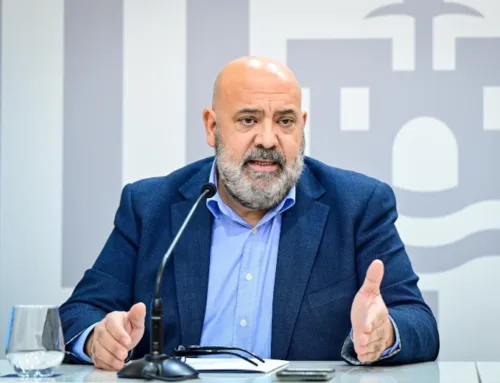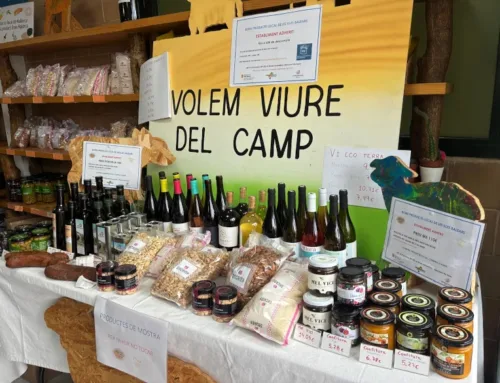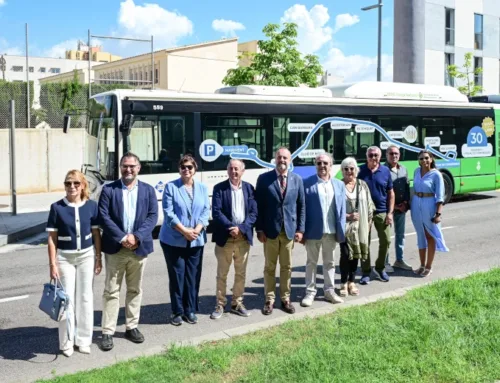Quite a few writers from 98 and 27 generations passed through Mallorca and left us their impressions that can be summed up in seeing the island as a paradise, very different from the regenerationist vision they had of Castile. Namely, in Mallorca they were enraptured by the landscape and peasantry and did not distill any political criticism, nor did Mallorca hurt them or anything, among other reasons because some of these writers, like Azorín, were Maurists. The unifying element of both generations was, in its carpetovetonic facet, an epigone of 98, I am referring to Camilo José Cela and his magnificent literary magazine “Papeles de Son Armadans” founded in 1956, which put Mallorca on the Hispanic literary map, plus the conversations of Formentor in which some of the most relevant European writers participated. Logically, the idea that the writers of 98 had from Mallorca was very sui generis. Ramiro de Maeztu did his military service in Inca in 98, when it was rumored in sa Roqueta that a squadron of American ships commanded by Commodore Watson was heading there to bomb it. For Maeztu, Mallorcans were not made for war but for culture, he became friends with Joan Alcover and Miquel dels Sants Oliver. He had a great time on the island and visited all the towns, he got the idea that Mallorca was paradise “with its blue mountains and its classic sea”. Unamuno was at the Floral Games held in Palma in 1916, he visited King Sancho’s palace in Valldemossa, he stayed in Sa Pobla, he highlighted the utmost courtesy of the Mallorcans, that the doors of their houses were always open and that the maximum aspiration of any islander was to be a civil guard because they didn’t work at all, there was no crime. He also said that it would be better for Balearic writers if they used Mallorcan and not Catalan. For his part, Valle Inclán spent one day in Mallorca (1933), arriving on the motor ship “Ciudad de Cádiz”, chartered by the Central University, full of republican students, such as the great poet Rosselló-Pòrcel. Valle quickly went to see the Drach caves and when a reporter asked him what he thought he said «zzo… what do you want me to tell you, they are just cavezz» (The author of “Tirano Banderas” despite being Galician, spoke with the “z”). Azorín spent a few days in Mallorca (1906), in Valldemossa and in Palma’s Gran Hotel, he was enchanted by the beauty of the Tramuntana mountains and the lands of Archduke Luis Salvador. Neither Baroja nor Machado set foot on Mallorca, although Don Antonio’s platonic love, Guiomar, did; yes, Machado was a reader of the works of Juan Alcover. Juan Ramón Jiménez and Zenobia, encouraged by Cela, saw a point of settling in Mallorca, but Zenobia’s cancer worsened and the project fell apart, it would have been impressive if Juan Ramón had thought directly about our landscape. As we can see, there are two Mallorcas, one idealized and the other real, one Mallorca that exists and another, the best without a doubt, the imagined one.









Leave A Comment